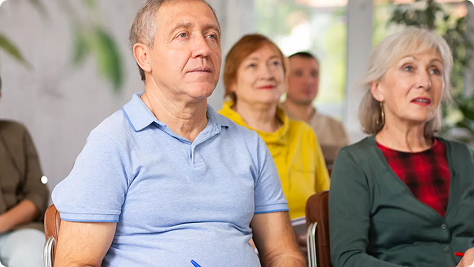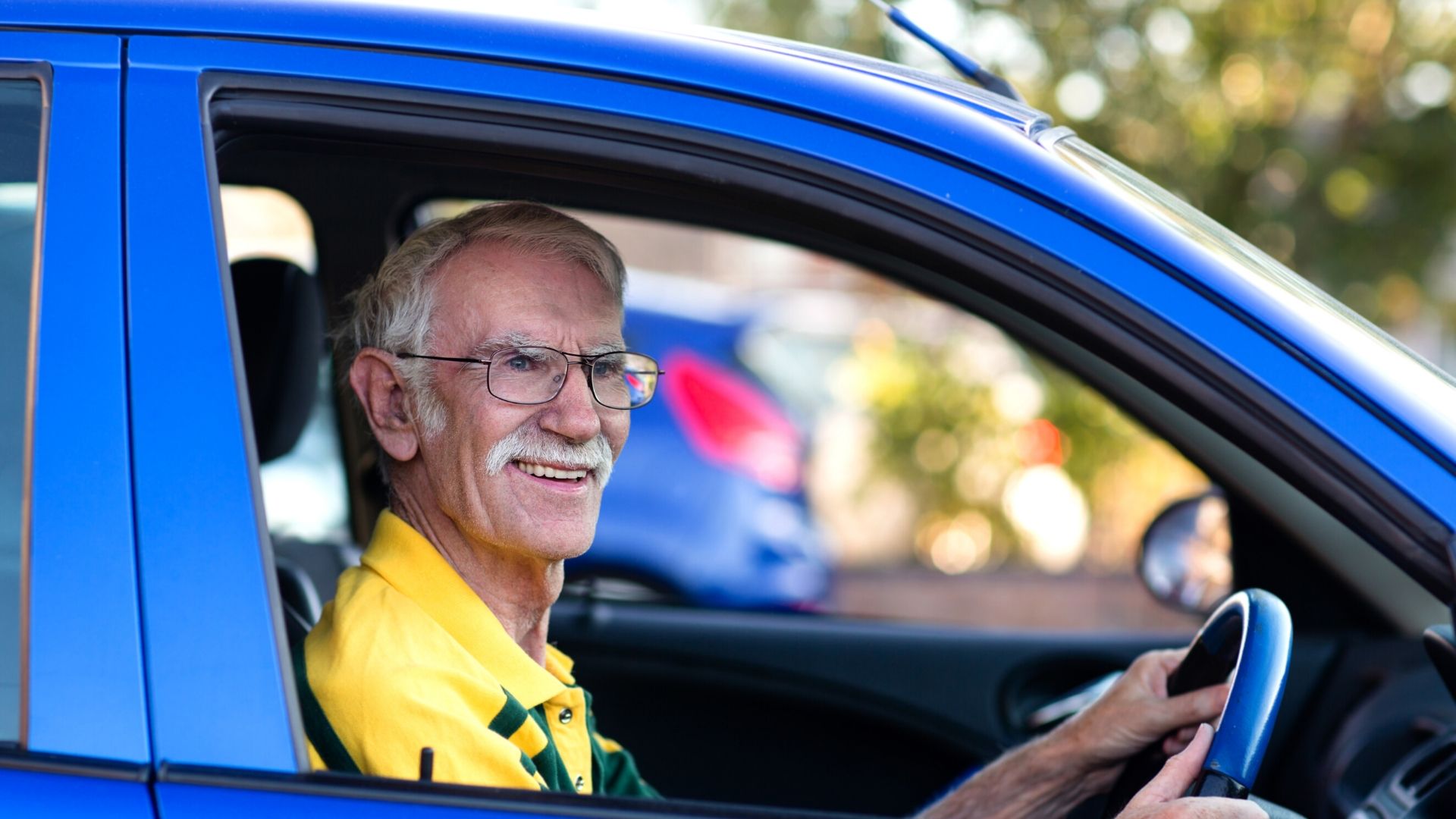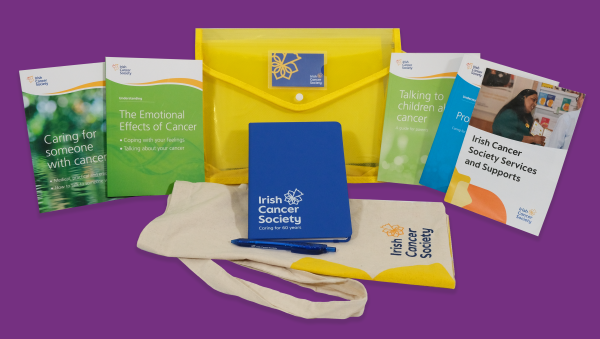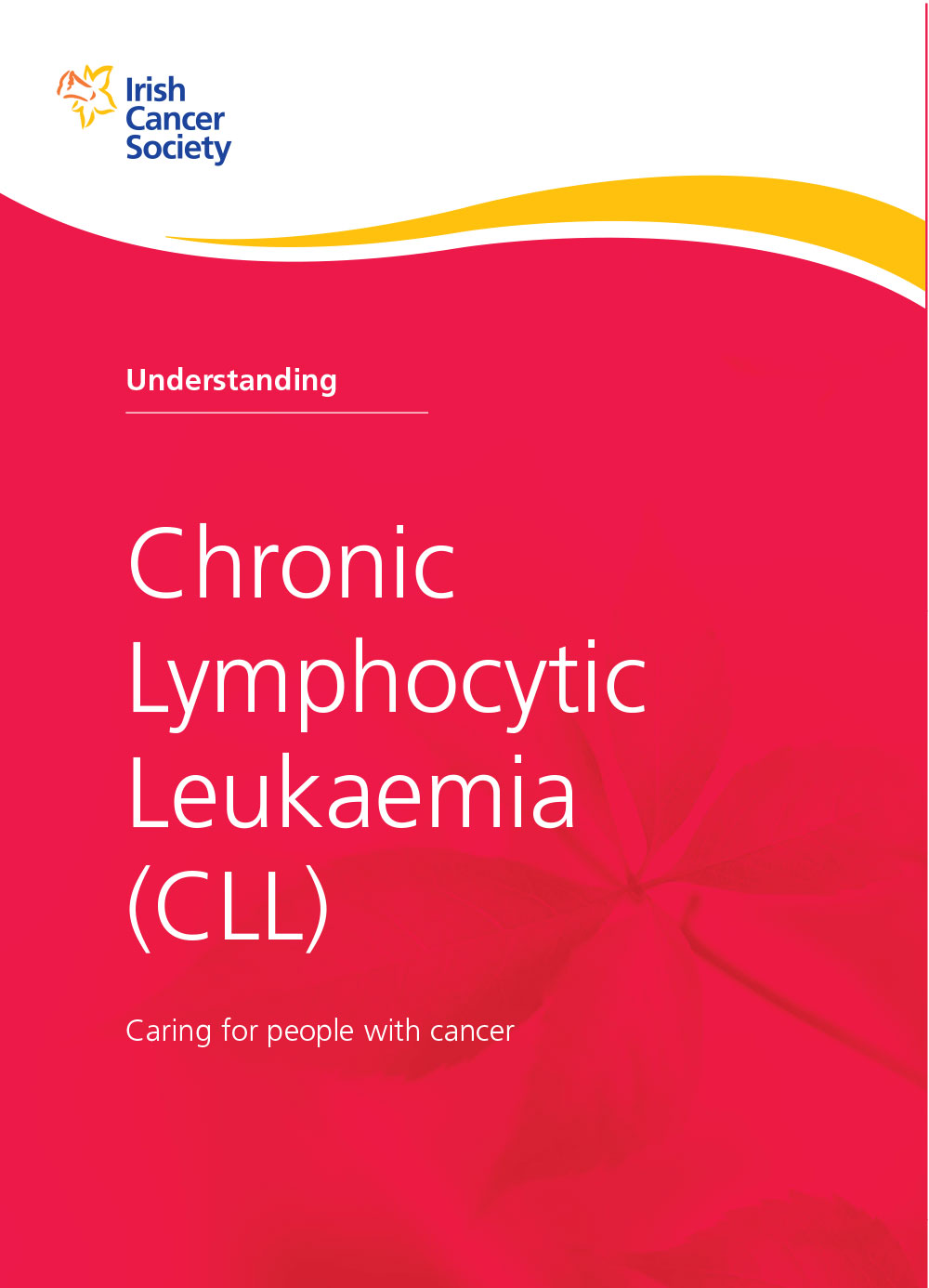Chronic lymphocytic leukaemia (CLL)
Treatment
What is the aim of treatment for CLL?
CLL treatments aim to put CLL into remission. Remission means leukaemia cells can no longer be detected in your body and you feel well.
Remission is not the same thing as cure, as symptoms may appear again after a time. How well your disease responds to treatment depends on factors like the stage of your disease and your overall health.
CLL can usually be treated successfully and you can often live with it for many years.
Some people never need treatment for their CLL, because their CLL never moves beyond the early stages. Or you may not need treatment for a long time. If no treatment is necessary, you will have blood tests every few months to monitor your condition.
Treatment for different stages of CLL
Treating stage A
You may be advised not to have treatment if you don’t have any symptoms. Your doctor will give you check-ups every few months and take regular blood samples to monitor your CLL. You can start treatment if things change. This is called watch and wait or active surveillance.
You may never need treatment if your disease does not move beyond the early stage.
Treating stage B or C
If your disease is at a later stage you may be offered treatment. The main treatments are:
Drugs that use your body's own immune system to fight cancer. They can be given along with chemotherapy.
Read more about targeted therapies for leukaemia.
Using drugs to kill the cancer cells. You may have a single chemotherapy drug, a combination of chemotherapy drugs or chemotherapy with other treatments like steroids or targeted therapies. Read more about chemotherapy.
Steroids can help to control CLL when used with other treatments. Steroids can also help with the symptoms of CLL, such as anaemia and fatigue. Read more about steroids.
All the blood cells in your bone marrow are destroyed and replaced with healthy stem cells via a transfusion into your bloodstream. The stem cells will grow into new, healthy blood cells. The stem cells are usually taken from a donor. This is called an allogeneic transplant.
Most people with CLL won't need a transplant, as other treatments work well to control the disease. Transplants are not suitable for every patient. Read more about stem cell transplants.
Will I get side-effects?
The type of side-effects you get will depend on the type of treatment, the dose, the duration and your own general health. You can read about the different treatments to find out more about possible side-effects. We also have information on ways to cope with different side-effects and symptoms.
Treating symptoms
Some symptoms of CLL may need to be treated straight away. For example, infection, bleeding or anaemia.
Enlarged spleen (CLL)
Some people with CLL get an enlarged spleen. This can cause pain and bleeding problems. Your doctors may prescribe painkillers to ease any pain or discomfort you have. If you need any further treatment, your doctor will discuss this with you.
Has the treatment worked?
You will have blood tests and maybe CT scans to see how well the cancer is responding to treatment. How well your disease responds to treatment depends on factors like the stage of your disease and your overall health.
Partial response
Here your enlarged glands have reduced by half and also the number of abnormal lymphocytes has reduced. This means that you have responded to treatment, but not completely.
Complete response
This means that no traces of CLL can be found. You have no symptoms of the disease such as enlarged glands or a raised number of abnormal lymphocytes. Complete response is not the same thing as cure, as symptoms may appear again after a time.
Minimal residual disease (MRD)
MRD is the number of CLL cells in the blood or bone marrow after treatment. Sometimes the cells can't be detected, but this doesn't mean the CLL has been cured, as it may come back again.
Continue reading about chronic lymphocytic leukaemia (CLL)




Get help & support

Support Line
Free support pack


